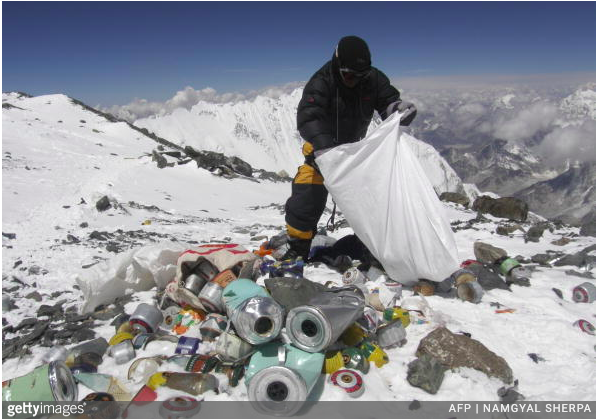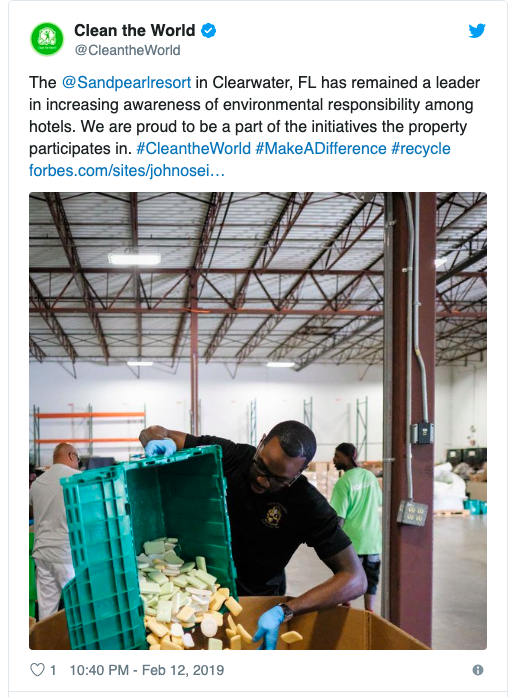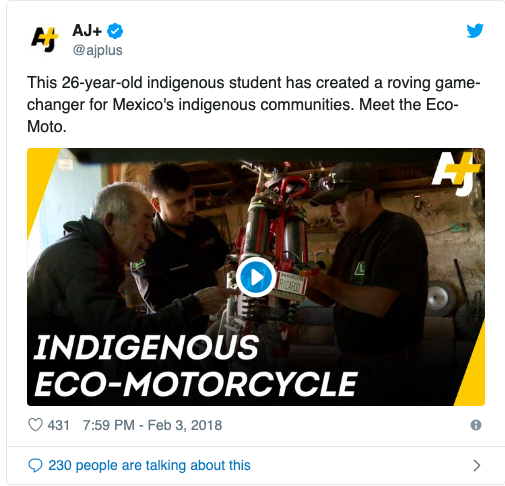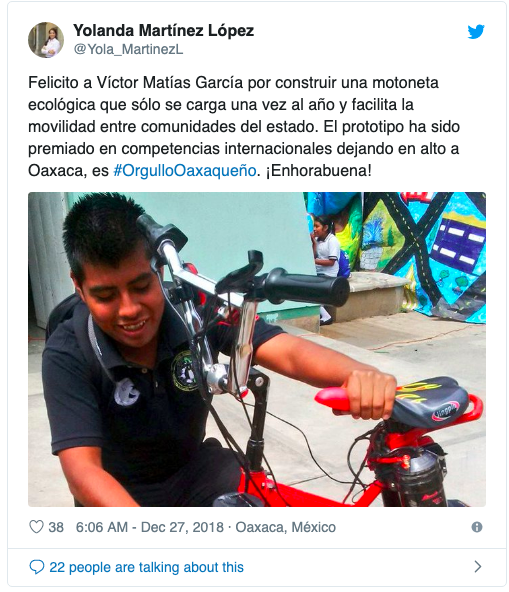13 Smart Projects That Can Save Our Wounded Planet
It’s easy to believe that local efforts don’t matter when it comes to saving our planet. But even small things can make a huge difference. In fact, some relatively small eco-initiatives are turning into projects that have a big impact on the environment, from a cleanup on Everest to building houses with recycled rubbish.
Bright Side would like to share these inspiring ecological projects that humanity will be thankful for.
1. 96 million black balls for water conservation
© Gerd Ludwig / National Geographic
The Los Angeles Department of Water and Power has taken a surprisingly low-tech approach to water conservation, by covering the LA Reservoir in 96 million black “shade balls.” This is an attempt to stop water loss through evaporation, and to heighten water quality. This interesting initiative is believed to help California’s severe water shortages. The senior policy analyst at the Natural Resources Defense Council, Ed Osann, said that “the shade balls won’t release any toxic materials into the water supply.”
2. Filipino students may need to plant 10 trees to graduate after a new law.
© University of Southeastern Philippines © Romeo Ranoco / Reuters
Under the proposed “Graduation Legacy for the Environment Act” law, students graduating elementary school, high school, and college in the Philippines may have to plant at least 10 tree seedlings in areas like forests, mangroves, and indigenous territories.
This law is supposed to help to reverse the rapid deforestation rate in the country.
© Ja Ritnetikun / shutterstock © Jose Nicdao / flickr
Congressman Gary Alejano, who introduced this bill, wrote in the bill’s explanatory note, that “the initiative would see at least 175 million new trees planted every year, totaling over 525 billion additional trees “in just one generation.”
3. This man planted a tree every day for 40 years and now has a huge forest.
© Jadav Payeng: The Forest Man Of India / facebook © Jadav Payeng: The Forest Man Of India / facebook
An Indian man named Jadav Payeng planted a tree every single day for 40 years and created 1,360 acres of man-made forest. Now it’s also a home to hundreds of wild animals and birds. Jadav says he is planning to plant trees until his “last breath.” If you want to learn more about this hero, you can check out this short documentary dedicated to his work.
4. A big clean up on Everest

Mount Everest is the world’s highest mountain. It also had mountains of trash on it, left by hundreds of climbers every year.
A Nepal government expedition to Mount Everest that lasted for several weeks has removed 11,000 kilograms (24,200 pounds) of garbage from the world’s highest mountain that consisted of ropes, oxygen tanks, broken ladders, cans, and plastic wrappers.
5. Seabin collects marine litter.
View this post on Instagram
Tons of plastic ends up in the ocean every year and even creates garbage patches. This brilliant, but simple, Australian invention that started as a fundraising project helps to clean the ocean from debris by working like a sieve, filtering water, and collecting all the garbage. The Seabin works 24/7 and acts as a floating garbage bin skimming the surface of the water by pumping water into the device, floating debris, macro and micro plastics. Now, around 70 countries have joined the project and installed these bins.
6. This shop sells imperfect food.
A Danish shop called “WeFood” sells products that are close to their expiration date or have damaged packaging with up to 50% discount. This project draws attention to the huge food waste problem — one-third of the food produced in the world is thrown away every year, at the same time millions of people face terrible famine. This shop is run by volunteers and all the profits go to charity initiatives in developing countries.
7. 12,000 tons of orange peels helped a forest grow.
© Princeton University, Woodrow Wilson School of Public and International Affairs © Princeton University, Woodrow Wilson School of Public and International Affairs
© Princeton University, Woodrow Wilson School of Public and International Affairs
In the early 90s 2 scientists, Daniel Janzen and Winnie Hallwachs, came up with a bizarre idea — they got a local orange company to dump12,000 tons of their orange peels in an area of Costa Rica that had been completely deforested, then this land was left untouched. 16 years later, a rich rainforest was found instead of dead soil. The orange peels decomposed and gave new life to this area, proving that fully deforested land can be brought back to life.
8. An entirely sustainable school
© Una Escuela Sustentable / facebook
© Una Escuela Sustentable / facebook © Una Escuela Sustentable / facebook
South America’s first sustainable private school in Mar Chiquita, Argentina is made of 25 tons of cans, car tires, glass, and plastic bottles. In addition to the solar paneled roof and an enormous vegetable garden, the school has cans that harvest rain water — which means the school is self-sustained with an electricity and water supply. Students are also taught environmental studies, recycling, and sustainability.
9. Reusing hotel soap to save lives

“Clean the World” is a non-profit organization from Orlando, Florida that recycles used hotel soap that might have been thrown away. They collect soap from millions of hotel rooms daily, send them to their recycling-plants and turn them into new soap bars to distribute to families, schools, and organizations who don’t have access to basic sanitation and experience hygiene-related illnesses.
10. A Mexican student has created a self-powering eco-bike.


Victor Matias Garcia, a 26-year-old student from a technical high school college in Oaxaca, Mexico designed an eco-friendly motorcycle that is not only built from recycled materials, but also generates its own energy as it runs. The longer it runs, the more energy can be harvested. The engine is self-sustaining and — it can run more than 60 km per hour. It doesn`t produce any contamination, has no emissions, and needs only one battery every 5-10 years.
11. A Mexican startup makes budget houses from plastic waste.
Eco Dom is a Mexican startup company that salvages plastic waste by recycling it into affordable housing. Eco Dom collects plastic waste to develop large panels and create houses for low-income families in Mexico.
12. The first Indian female Everest climber organized a Ganga River cleanup and removed 55 tons of waste.
© Nepal Mountain News / facebook
© TSAF Mission GANGE / facebook
Bachendri Pal, the first Indian woman to climb Mount Everest and also the chief of Tata Steel Adventure Foundation (TSAF), organized a month-long volunteer clean-up with around 40 people, which resulted in 55 tons of waste being removed from the Ganga River. The river is sacred, but heavily polluted — tons of plastic and other trash are thrown daily into the Ganga. Therefore this cleanup initiative is more than significant.
13. Edible beer 6-pack rings
© Missouri Dept. of Conservation / Facebook © SaltWater Brewery
The damage that plastic 6-pack rings do to both wildlife and the environment is now pretty obvious. Representatives of the Saltwater Brewery in Florida came up with a very creative and sustainable alternative to the standard 6-pack ring. Their sustainable beer packaging is 100% biodegradable and edible—constructed of barley and wheat ribbons from the brewing process. It can even be safely eaten by animals.
What do you think of these projects? Which projects you would personally take part in? We would be glad to hear from you in the comment section below!
Preview photo credit Gerd Ludwig / National Geographic
ប្រភព៖ brightside.me














